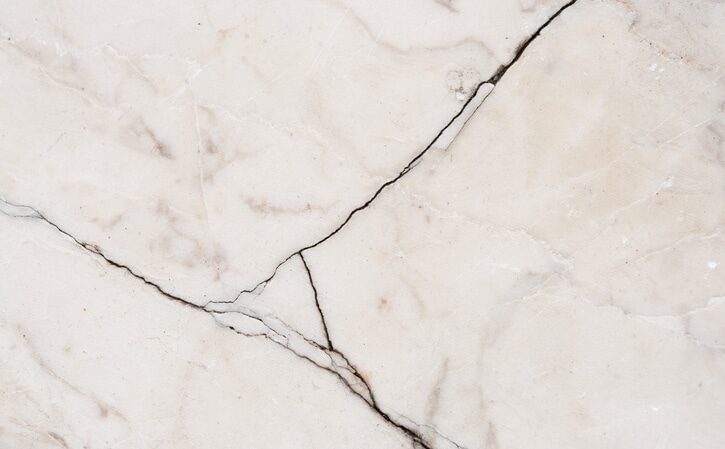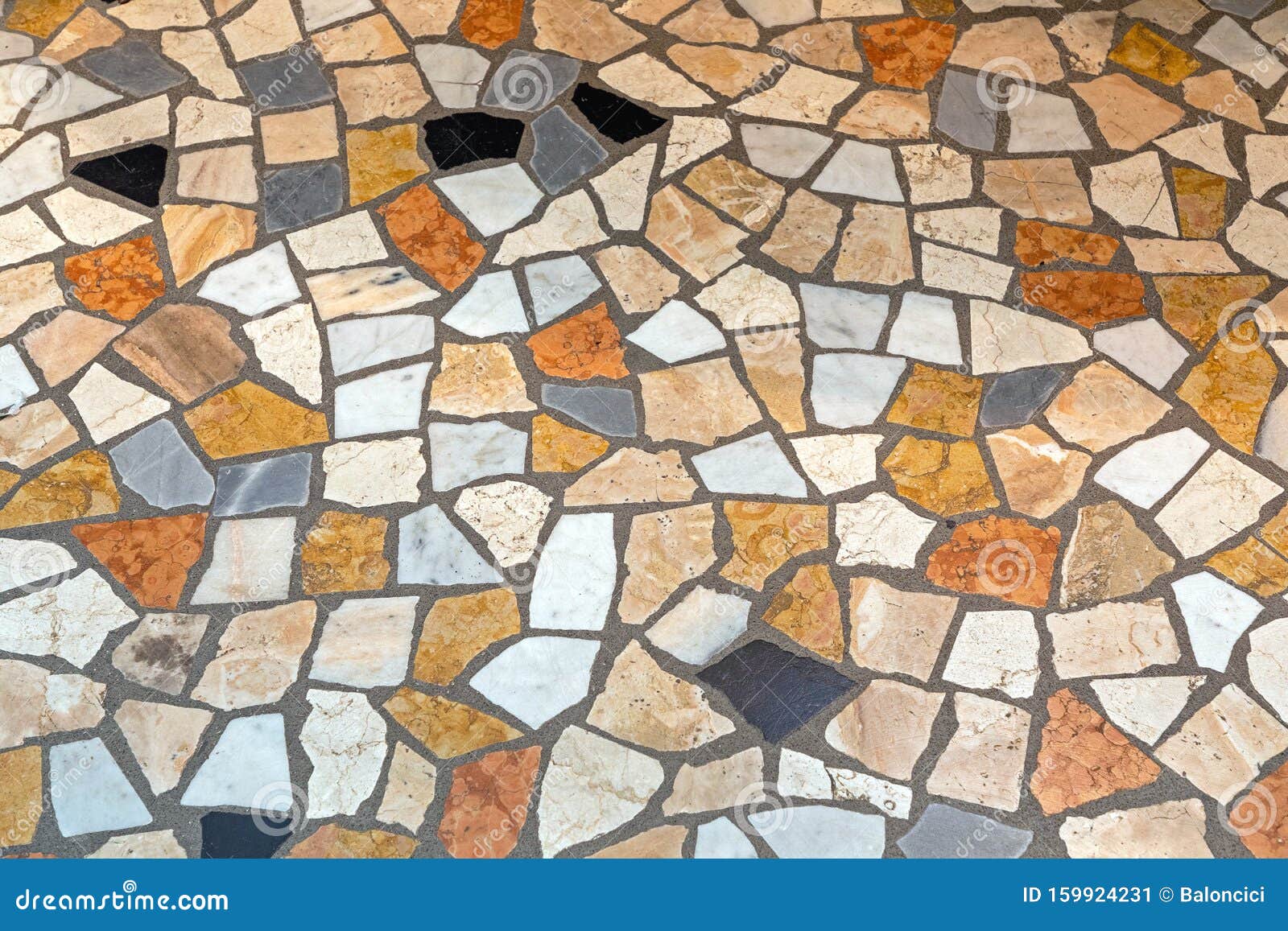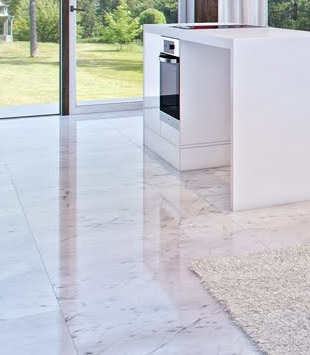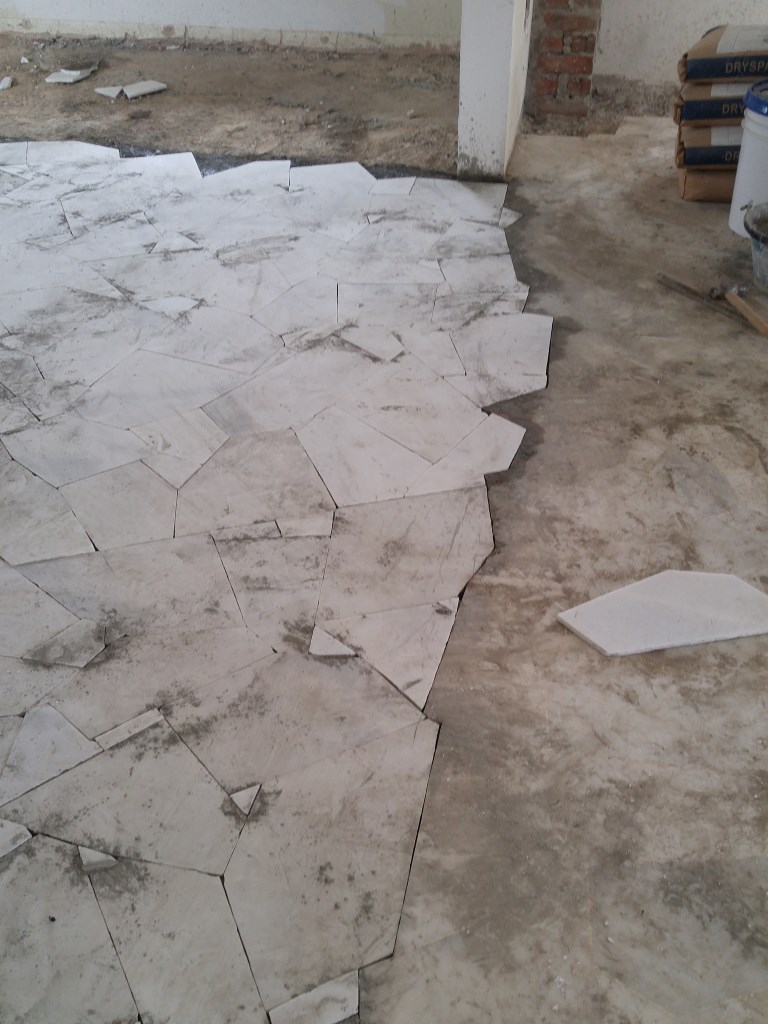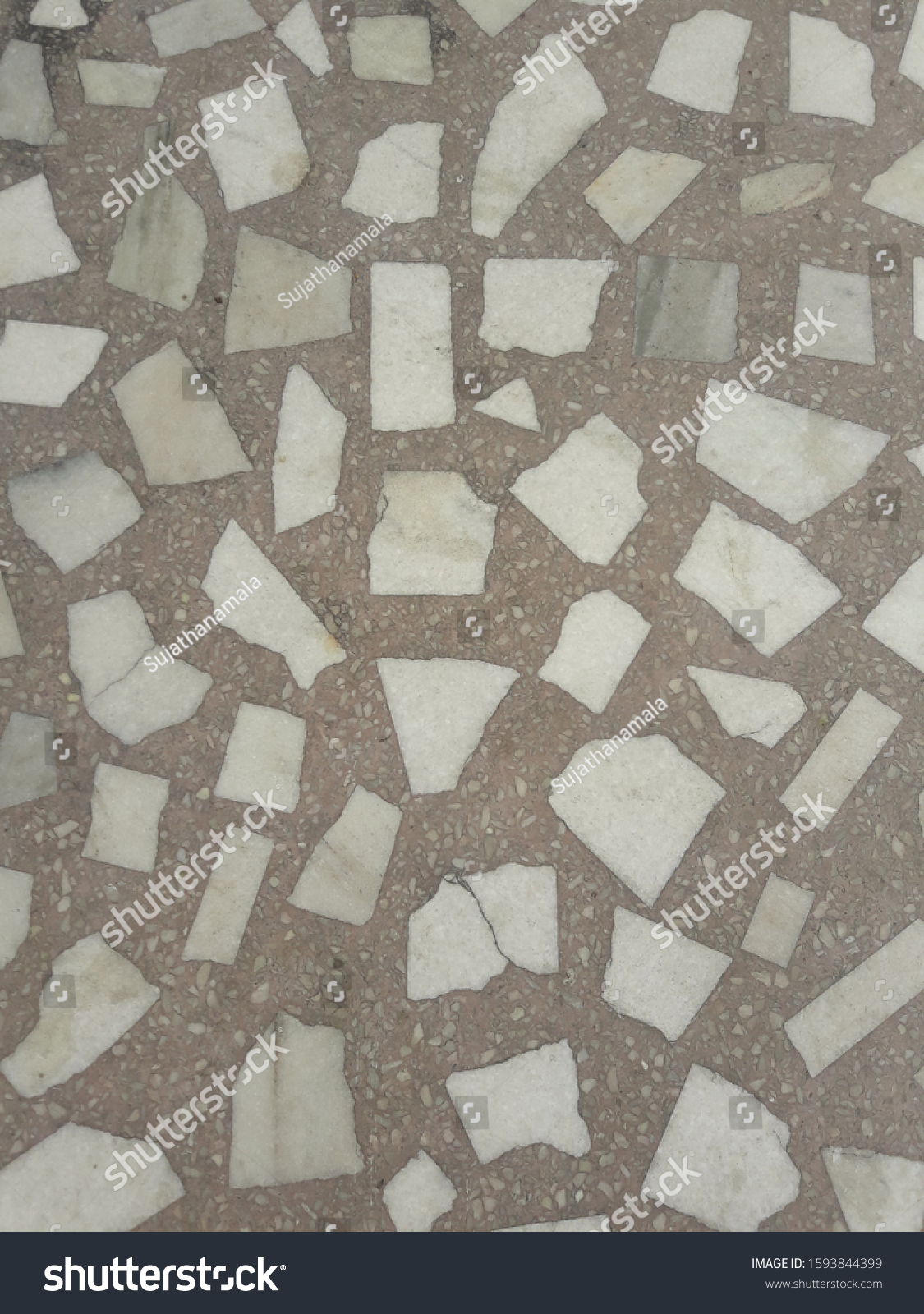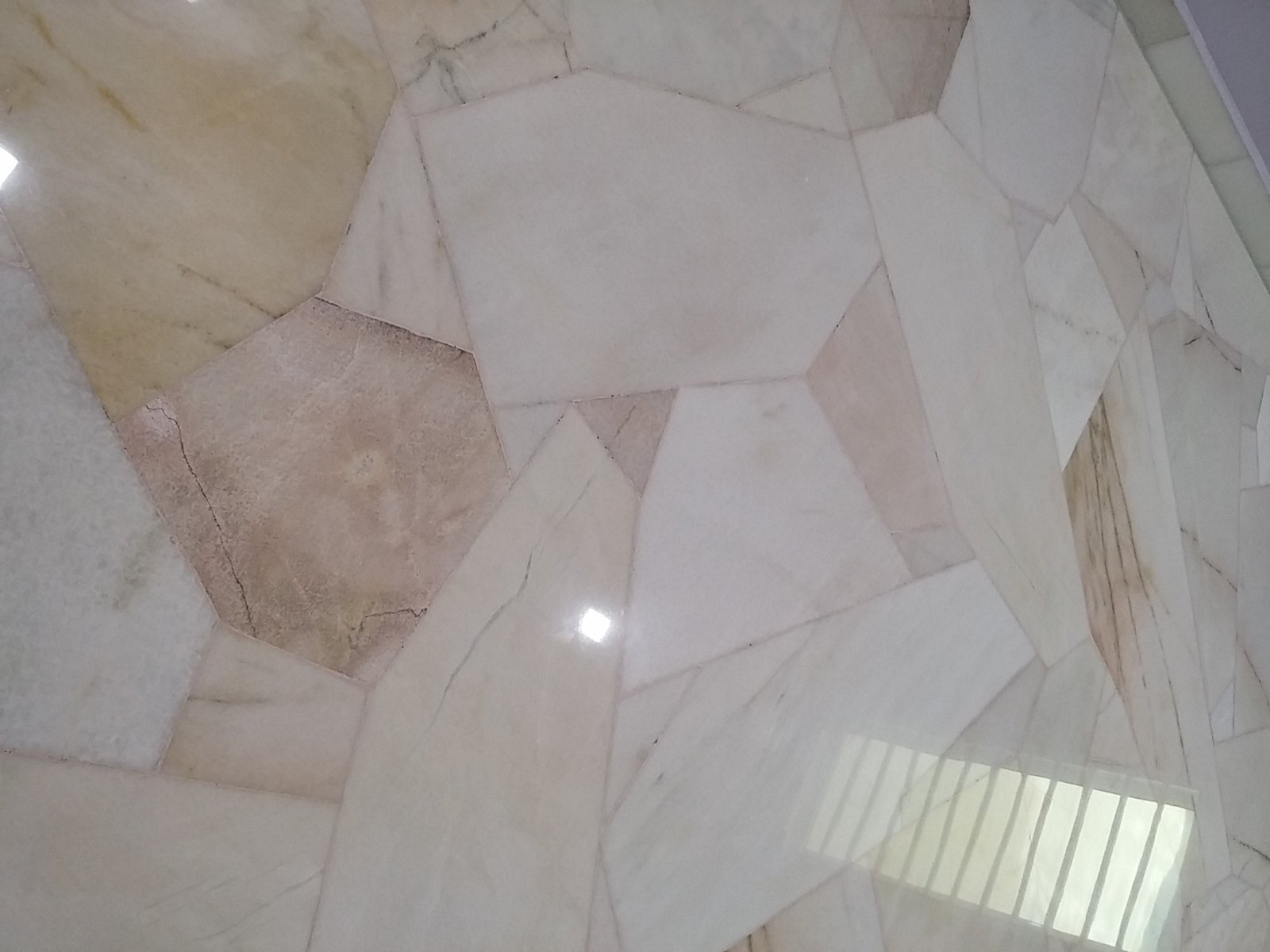Understanding the Causes of Broken Marble Flooring
Marble flooring is a popular choice for many homeowners and businesses due to its elegance and durability. However, despite its strength, marble flooring can still become damaged and broken over time. Understanding the causes of broken marble flooring is essential in order to prevent and address these issues effectively.
Heavy Impact:
One of the primary causes of broken marble flooring is heavy impact. Marble is a natural stone that may crack or break when subjected to excessive force or pressure. This can occur when heavy objects are dropped onto the floor or when furniture is moved without proper care. To prevent this, it is important to handle heavy objects with caution and use furniture pads or protective mats when moving furniture.
Improper Installation:
Another common cause of broken marble flooring is improper installation. If the marble tiles are not properly installed or the subfloor is not adequately prepared, it can lead to uneven surfaces or weak spots in the flooring. Over time, these weak areas may crack or break. Hiring a professional and experienced installer is crucial to ensure proper installation and minimize the risk of damage.
Moisture and Water Damage:
Marble is a porous material, which means it can absorb moisture and water. Excessive exposure to moisture or water can weaken the structure of the marble and cause it to crack or break. This can happen due to leaks, spills, or excessive humidity in the environment. Regularly checking for and addressing any sources of moisture or water damage is important in maintaining the integrity of the marble flooring.
Subfloor Issues:
The condition of the subfloor can also contribute to broken marble flooring. If the subfloor is not properly leveled or if it has structural issues, it can create stress points on the marble tiles, leading to cracks or breakage. Ensuring the subfloor is in good condition and properly prepared before installation is crucial to prevent this issue.
Aging and Wear:
Over time, marble flooring can naturally wear out and become more prone to breaking. This can be due to foot traffic, regular use, or exposure to abrasive materials. Regular maintenance, such as cleaning and sealing, can help prolong the lifespan of the marble flooring and minimize the risk of breakage.
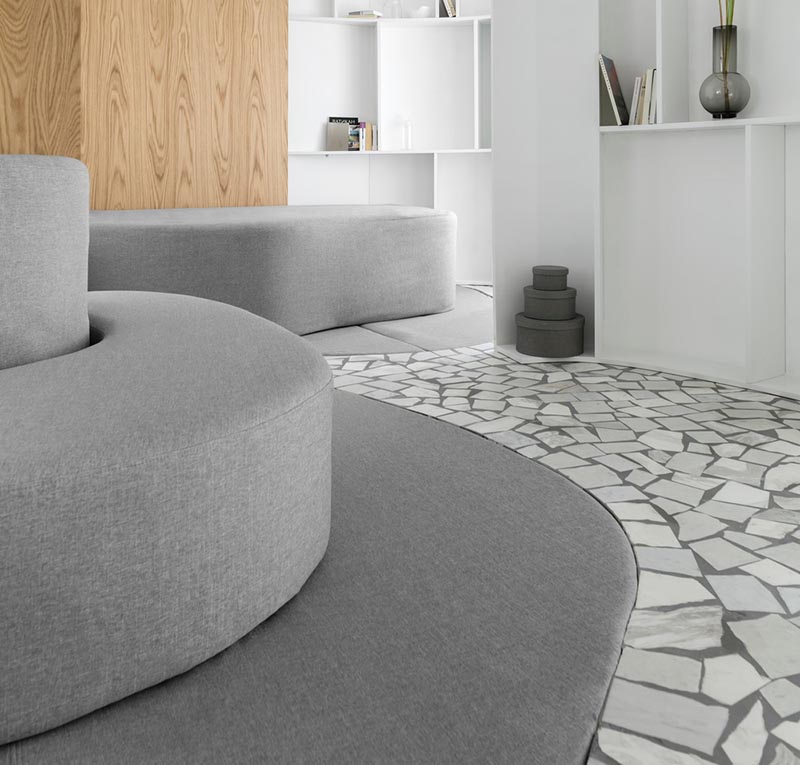
Steps to Repair Broken Marble Flooring
- Assess the extent of the damage: The first step in repairing broken marble flooring is to carefully assess the extent of the damage. Examine the area to determine the size and location of the broken sections, as well as any underlying issues that may have caused the damage.
- Gather the necessary tools and materials: Before starting the repair process, gather all the tools and materials you will need. This may include a chisel, hammer, adhesive or epoxy, putty knife, sandpaper, and a marble sealer.
- Remove the broken pieces: Using a chisel and hammer, carefully remove the broken pieces from the flooring. Be cautious not to cause further damage to the surrounding marble tiles. Clean the area thoroughly to remove any debris or loose fragments.
- Prepare the surface: After removing the broken pieces, prepare the surface for repair. Use a putty knife to scrape away any old adhesive or grout from the area. Smooth out any uneven spots or rough edges to ensure a seamless repair.
- Apply adhesive or epoxy: Depending on the size and type of damage, apply an appropriate adhesive or epoxy to the back of the broken pieces and the area where they will be reattached. Follow the manufacturer’s instructions for proper application and curing time.
- Reattach the broken pieces: Carefully place the broken pieces back into their original position, pressing firmly to ensure a secure bond. Wipe away any excess adhesive or epoxy that may have oozed out during the process.
- Allow for curing time: After reattaching the broken pieces, allow sufficient time for the adhesive or epoxy to cure. Follow the recommended curing time provided by the manufacturer to ensure a strong and durable bond.
- Sand and polish the repaired area: Once the adhesive or epoxy has fully cured, use fine-grit sandpaper to smooth out any unevenness in the repaired area. Gradually increase the grit size for a smoother finish. Finally, polish the repaired section to match the surrounding marble tiles.
- Apply a marble sealer: To protect the repaired area and prevent future damage, apply a marble sealer. Follow the instructions on the sealer product for proper application and curing time.
- Regular maintenance: After completing the repair, it is important to maintain the marble flooring properly. Regularly clean and polish the floor, avoiding harsh chemicals or abrasive materials that could cause damage.
Preventive Measures to Avoid Marble Flooring Damage
Regular Cleaning and Maintenance:
Regular cleaning and maintenance are crucial in preventing damage to marble flooring. Sweep or vacuum the floor regularly to remove dirt, dust, and debris that can scratch the surface. Use a soft mop or cloth to clean the floor with a mild, pH-neutral cleaner specifically designed for marble.
Avoid Harsh Chemicals:
Avoid using harsh chemicals or acidic cleaners on marble flooring, as they can etch and dull the surface. Instead, opt for mild, non-abrasive cleaners that are specifically formulated for marble. Always test any new cleaning product on a small, inconspicuous area of the floor before applying it to the entire surface.
Clean Spills Immediately:
Marble is porous and can easily absorb liquid spills, leading to staining or damage. Clean up any spills immediately using a soft cloth or paper towel to prevent them from seeping into the marble. Blot the spill gently rather than rubbing it, as rubbing can spread the liquid and potentially damage the surface.
Use Protective Mats and Rugs:
Place mats or rugs at entrances and high-traffic areas to trap dirt, sand, and grit that can scratch the marble flooring. Ensure that the mats have a non-slip backing to prevent accidents. Additionally, use felt pads or protectors on the bottom of furniture legs to avoid scratches when moving or rearranging furniture.
Avoid Heavy Impact:
Marble flooring is susceptible to cracking or chipping under heavy impact. Avoid dropping heavy objects directly onto the floor and use caution when moving furniture or appliances. If necessary, use furniture sliders to reduce the risk of scratching or damaging the marble.
Maintain Proper Humidity Levels:
Excessive moisture or humidity can damage marble flooring and lead to staining or mold growth. Use a dehumidifier or air conditioner in areas with high humidity to maintain optimal conditions. It is also important to promptly address any leaks or water damage to prevent long-term harm to the marble.
Schedule Professional Maintenance:
Periodically schedule professional maintenance and resealing of the marble flooring to ensure its longevity and prevent damage. Professional cleaners have the expertise and tools to deep clean, polish, and seal the marble, protecting it from stains and scratches.
Tips for Maintaining and Extending the Lifespan of Marble Flooring
1. Regular Cleaning:
– Sweep or vacuum the marble flooring regularly to remove dirt and debris that can scratch the surface.
– Use a soft mop or cloth dampened with a pH-neutral cleaner specifically formulated for marble to gently clean the surface.
– Avoid using abrasive cleaners or acidic substances, such as vinegar or lemon juice, as they can etch and damage the marble.
2. Immediate Spill Cleanup:
– Quickly clean up any spills on the marble flooring to prevent stains.
– Blot the spill with a clean, absorbent cloth or paper towel, and avoid rubbing the spill into the marble.
– If a stain occurs, you can try using a poultice made of a mixture of baking soda and water to draw out the stain. Consult a professional if the stain persists.
3. Use Mats and Rugs:
– Place mats or rugs at entrances and high-traffic areas to minimize dirt, grit, and moisture from being tracked onto the marble flooring.
– Ensure that the mats or rugs have a non-slip backing to prevent accidents.
4. Avoid Heavy Impact:
– Marble flooring is susceptible to cracking or chipping when subjected to heavy impact or dropped objects.
– Use furniture pads or felt protectors under the legs of furniture to prevent scratching or damage when moving or rearranging items.
5. Regular Sealing:
– Marble is a porous stone, and sealing it regularly helps protect it from stains and damage.
– Consult with a professional to determine the appropriate sealing frequency for your specific marble flooring.
– Apply the recommended marble sealer according to the manufacturer’s instructions.
6. Avoid Direct Sunlight:
– Prolonged exposure to direct sunlight can cause the color of marble flooring to fade over time.
– Use curtains, blinds, or window films to minimize the amount of direct sunlight reaching the marble flooring.
7. Professional Maintenance:
– Periodically hire a professional marble restoration service to polish, buff, and maintain the marble flooring.
– Professionals can assess any damage, repair cracks, and provide specialized care to extend the lifespan of the marble.
Italian broken marble floor reference Marble mosaic floor
Marble tiles — Repairing of chipped and cracked floor
How to easily repair Italian marble cracks and hole must match,
Broken Marble Installation KL Supply Install Polishing
Floor Outside Door Different Shapes Broken Stock Photo 1593844399
nowadays still got any contractor can do broken marble style of
To repair damaged marble and its renovation TINO Natural Stone
Marble Services – Flooring Hero
Related Posts:

